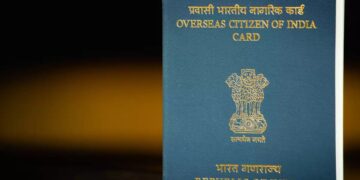In a significant move, Ukraine’s parliament has passed a new law legalizing medical marijuana to aid in the treatment of post-traumatic stress disorder (PTSD) and oncological diseases resulting from the ongoing conflict with Russia. The law received strong support, with 248 votes in favor, 16 against, 33 abstentions, and 40 members not voting. The legislation is set to come into effect after a six-month period.
The law focuses on regulating the use of hemp plants (Cannabis) for medical, industrial, scientific, and scientific-technical purposes. The aim is to broaden patient access to essential treatments for conditions such as oncological diseases and PTSD arising from the war. The specific conditions and methods of using cannabis medicines will be determined by the Ministry of Health, as outlined in the final version of the bill.
Ukrainian President Volodymyr Zelensky has been a vocal advocate for greater access to medical marijuana as a means of addressing war-related conditions. In June 2023, he addressed the parliament, urging the legalization of cannabis-based medicines with proper scientific research and controlled production within Ukraine. Zelensky emphasized the need to implement global best practices to alleviate the pain, stress, and trauma experienced by Ukrainian citizens due to the conflict.
Speaking at the Christmas Breakfast on December 21, President Zelensky made an emotional plea for prayers for Ukraine’s victory in the ongoing conflict against Russia. He expressed gratitude for the prayers focused on achieving victory, highlighting the triumph of the human spirit over aggression, unity prevailing over divisive interests, and the ultimate victory of Ukraine over the Russian presence in their land.
This move towards legalizing medical marijuana in Ukraine underscores the country’s commitment to exploring innovative and effective solutions to address the health challenges arising from the conflict, reflecting a broader global trend in recognizing the therapeutic potential of cannabis in various medical contexts.

















Comments